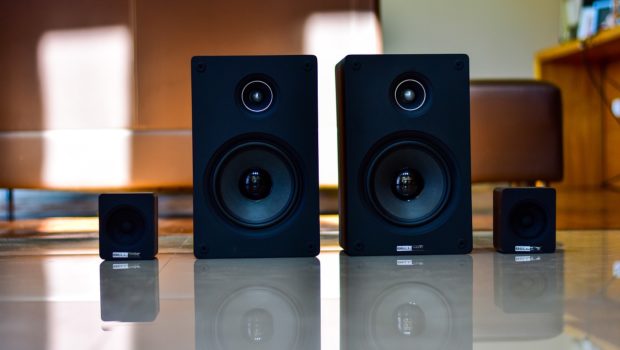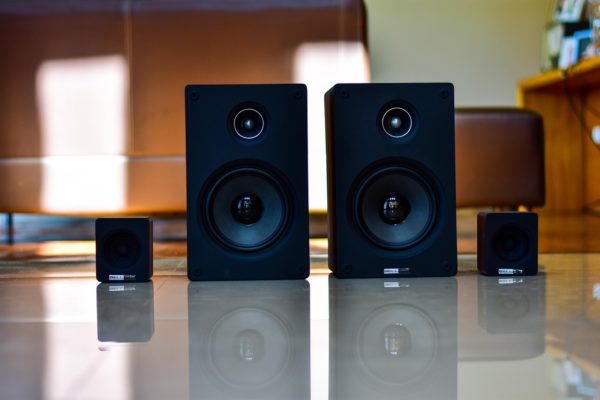6 Valuable Tips for Buying Speakers
The quality of your speakers greatly determines the quality of the output of your sound system. Shopping for a speaker is therefore something worth spending time and thought on to get right. There’s no perfect speaker. It comes down to what factors you consider most important and also the capabilities of your sound system.
Source: Pixabay.com
The following is a look at the things you should pay attention to if you want to get your speaker purchase right.
Sound Quality is About Personal Preference
Just like with wine, food or art, the quality of sound is to a great extent a matter of personal taste and preference. The sound that may seem phenomenal to one person may be mediocre for someone else. There’s nothing like the absolute best speaker.
That’s why when doing your shopping, take time to test the output of different models. Don’t just take the word of the sales agent as infallible truth. At the minimum, a good speaker should sound natural, have balanced tone and be easy to listen to for long periods. Make sure you test with different music genres to eliminate any genre-specific bias.
Understand the Different Speaker Categories
Speakers fall into several categories. This is helpful when doing your shopping since the sheer number of speaker models can feel overwhelming. Searching by category helps you narrow down your options drastically.
Note that categories aren’t necessarily mutually exclusive. A speaker can fall within multiple categories. Speaker types include portable, subwoofer, satellite, in-wall, bookshelf, floor-standing, wired and wireless (check out the technical specifications of leading Bluetooth speaker models).
Location
A speaker may sound spectacular in one location but drab in another. Wall material, room content and overall dimensions can all affect the audio. Sound can reflect off large furniture, exposed walls, bare walls, and high ceilings. It can also be absorbed by cushions, carpets, and rugs.
Small speakers may work best in regular bedrooms but can sound lost in a large family room. On the other hand, large speakers can dominate small spaces and feel louder than they actually are. Usually, the bigger the speaker, the higher the decibel output. However, examine the specs before you buy just to be certain.
Matching the Right Components
For optimal output, a speaker must be matched with a receiver or amplifier that can power it sufficiently. Speaker manufacturers will usually indicate the range of power needed to power the unit. For instance, a speaker may need 30-100W of power to function as it should.
If you are working on a surround-sound or multi-channel setup, use the same speaker brand across the board to avoid conflict. Of course, you could always mix-and-match speaker brands but you’ll need more time to fine-tune the setup.
Battery Life
Battery life is especially important for wireless and portable speakers. Some speakers have batteries that run out after 2 to 3 hours. Others can go on for days. Of course, battery life depends on usage so you have to take this into consideration as well.
Remember to check how long it takes to charge the battery. You want a speaker that you can fully charge in under 2 hours.
Optimize the Setup
Once you get home with your new speakers, it’s time to connect, install and arrange them in a way that delivers the best possible performance. It might take you a while to get the positioning right but once you’re done, it will be well worth the effort. Some speakers will sound great when against the wall whereas others may work best when they have more breathing space.
Buying speakers isn’t something you want to do every week. So it’s important that you do all you can to get it right the first time.
As a final note, the cost of a speaker can range from just $10 to several thousand dollars. Have a budget before you start shopping so you do not waste valuable time on models that are well beyond your price range.

















